Gallery Events
May
122019 |
Dr. Ashwin VasavadaCuriosity Rover, Gale Crater and evidence of flowing water on MarsLocation: Geology 3656 Our next Gallery Lecture will be presented on 12 May 2019 by Dr. Ashwin Vasavada of JPL, Project Scientist for the Curiosity Mars Rover. His title is “Curiosity Rover, Gale Crater and evidence of flowing water on Mars.” Nearly seven years after its dramatic arrival at Mars, the Curiosity Rover continues to reveal Mars as a once-habitable planet. Streams and lakes persisted there for millions of years and created landforms that Curiosity explores within Gale crater. While the water has long since disappeared, shifting sands and seasonal cycles of methane gas reveal a dynamic planet today. This talk will cover the latest findings from the mission, some striking images, the challenges of exploration, and what lies ahead. Photo Credit: NASA 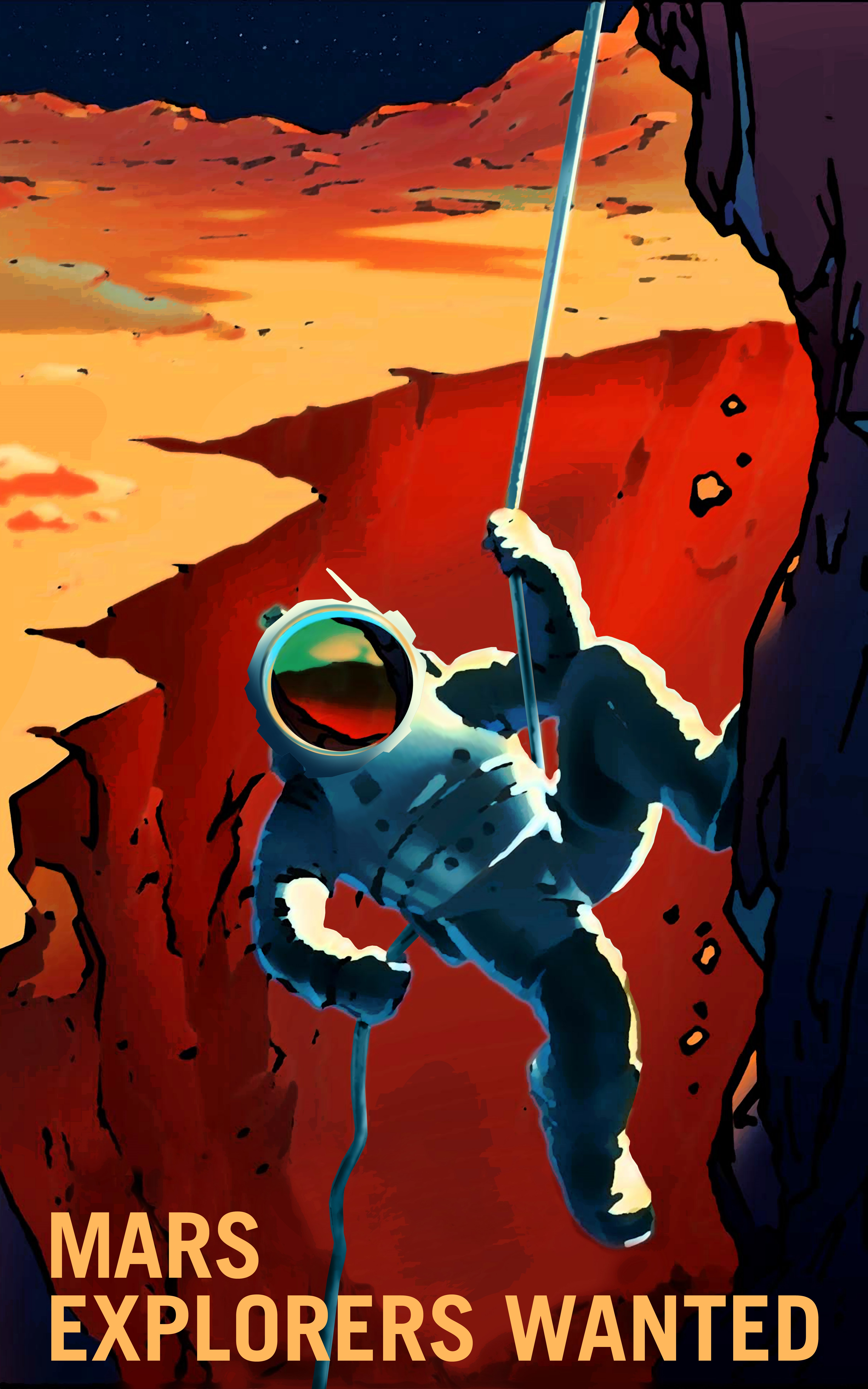
|
Apr
72019 |
Dr. Dimitri PapanastassiouApollo Science RecollectionLocation: Geology 3656 Our next Gallery Lecture will be presented on Sunday, 7 Apr 2019 by Dr. Dimitri Papanastassiou, an expert in isotopic geochronology, recently retired from JPL. The Apollo Program was a competitive race to the Moon. Science was inserted quite late. But, once inserted, it resulted in a revolution in planetary science, in the development of a wide range of new analytical techniques and of new ways to think about planetary evolution, including the Earth. Funding for planetary science became plentiful for a few years; it allowed the formation of multidisciplinary teams. "I was finishing my Ph.D. in Physics when the Apollo 11 samples came back and had the excitement to work on them starting in September of 1969. I had developed a mass spectrometer uniquely capable of measuring lunar samples. I attended the 1st Lunar Science Conference, on a very cold day (Jan. 5, 1970) as a newly-minted Ph. D. and continued to work on samples from every Apollo mission. I will share the excitement and serendipity, as well as the importance of the multidisciplinary approach (physics, chemistry, geology)." 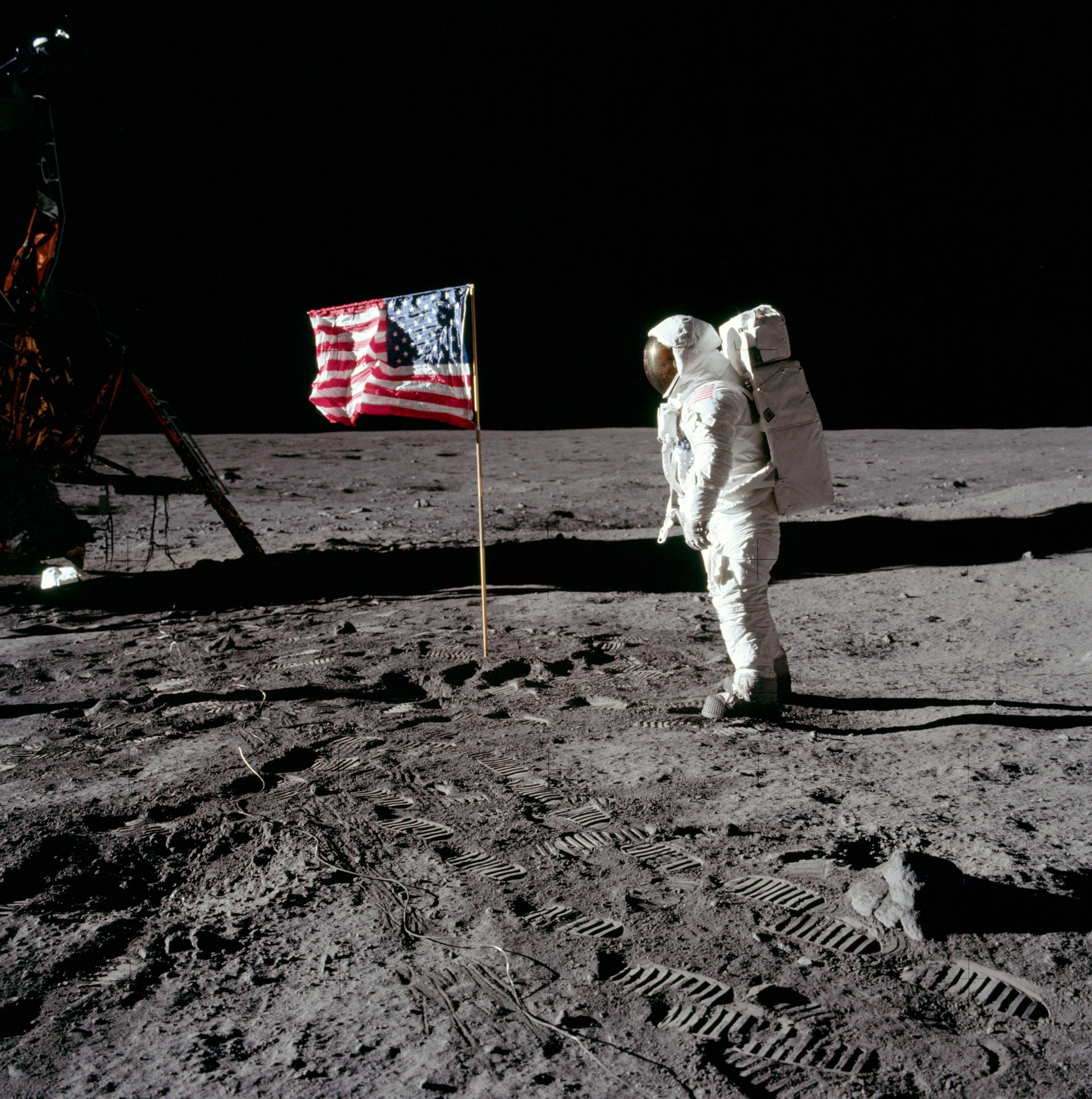
|
Feb
242019 |
Fernando RamirezThe Rediscovery of the Old Woman Meteorite SiteLocation: Geology 3656 In 1976, two young prospectors discovered the second largest North American meteorite, the 3-ton Old Woman iron (a large slab cut from the iron is exhibited on the north wall of the UCLA Meteorite Gallery). This discovery triggered a bureaucratic struggle for ownership and the find site was never properly documented. Ramirez will tell stories about searching for and finally finding the fall site as well as his continuing efforts to detect the impact site higher up on the mountain. 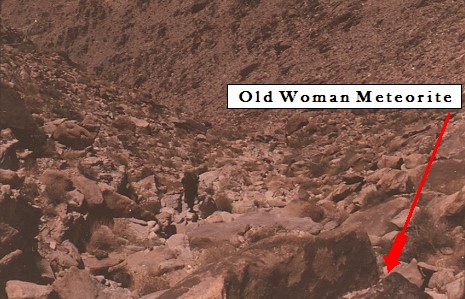
|
Jan
202019 |
Ky HughsonThe Dawn Spacecraft at Ceres, the Largest AsteroidLocation: Geology 3656 Ceres has the largest water content among large asteroids. After orbiting asteroid Vesta for 14 months, the Dawn spacecraft used its solar-electric propulsion system to move to Ceres and orbit it. During three years at Ceres, Dawn observed anomalous ammonium, vexatious volcanoes, wandering water ice, freaky flows, effervescent evaporites, capricious carbon, and many more peculiarities. Ceres’ properties suggest that it is an evolved CM chondrite. 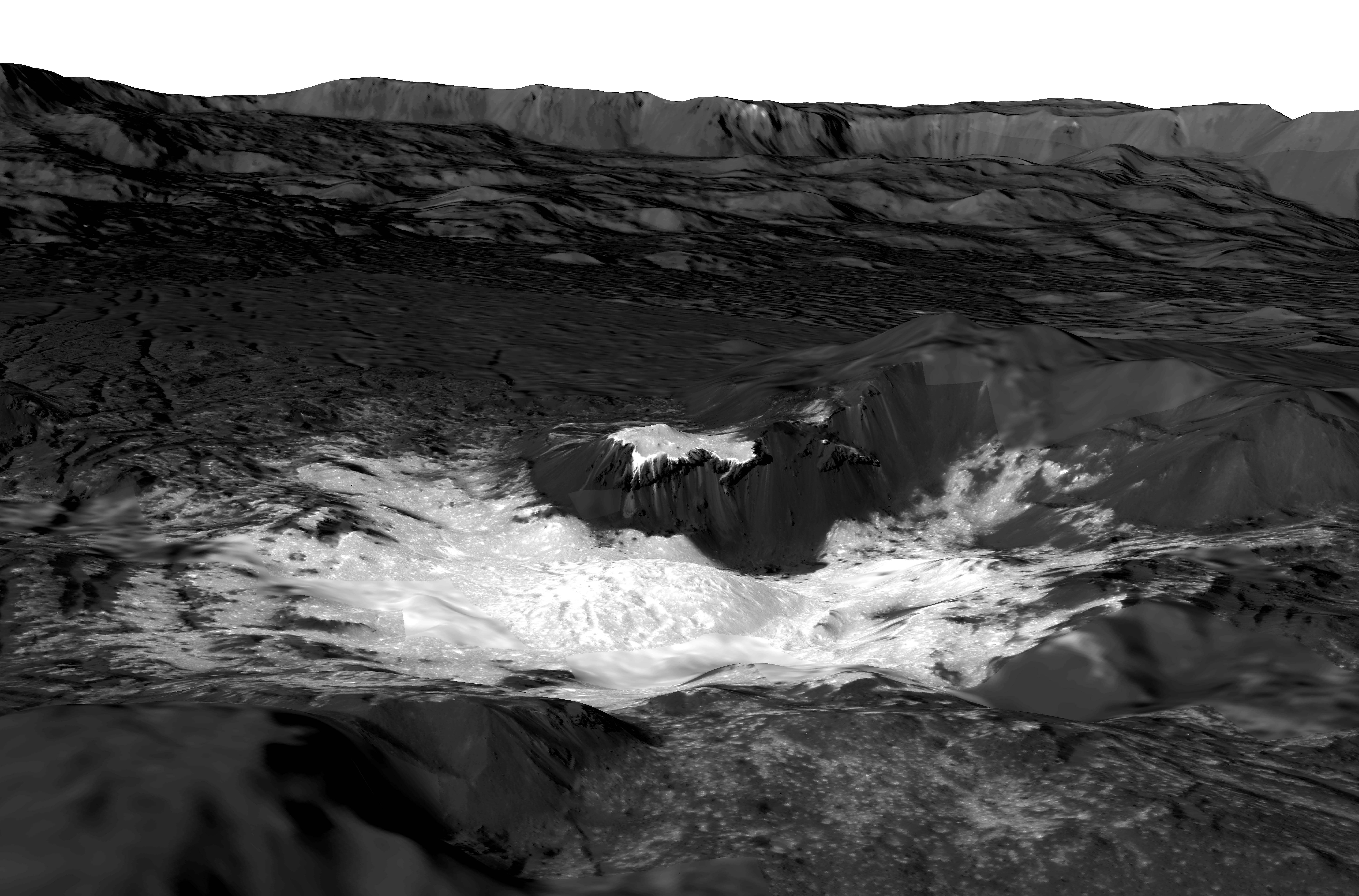
|
Jan
22019 |
Gallery open againHoliday Closure (December 22nd through January 1st)Location: UCLA Meteorite Gallery The Meteorite Gallery will be closed for the Holidays from Saturday, December 22nd through Tuesday, January 1st. We will be open to the public again on Wednesday, January 2, 2019! 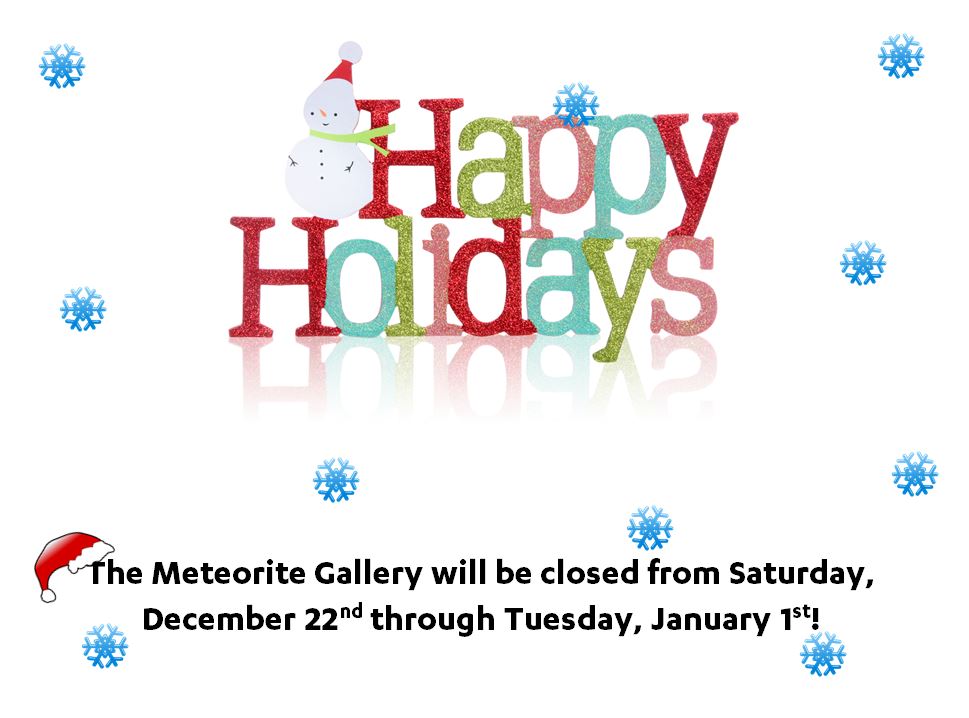
|